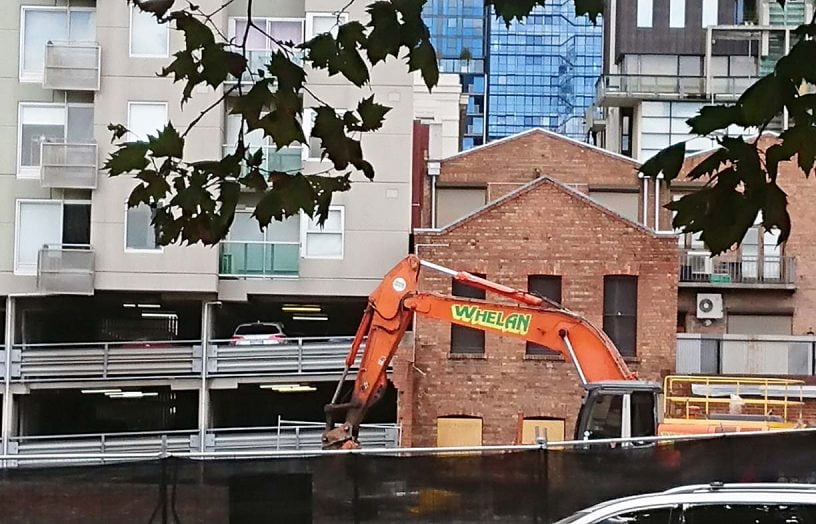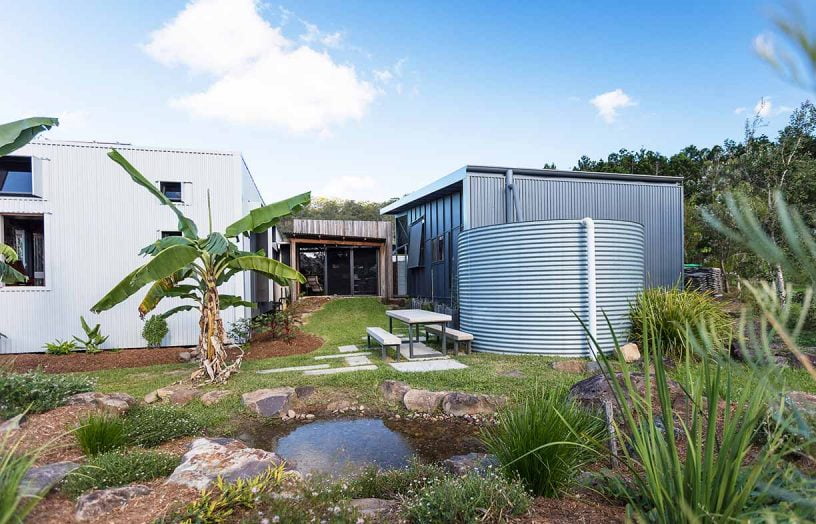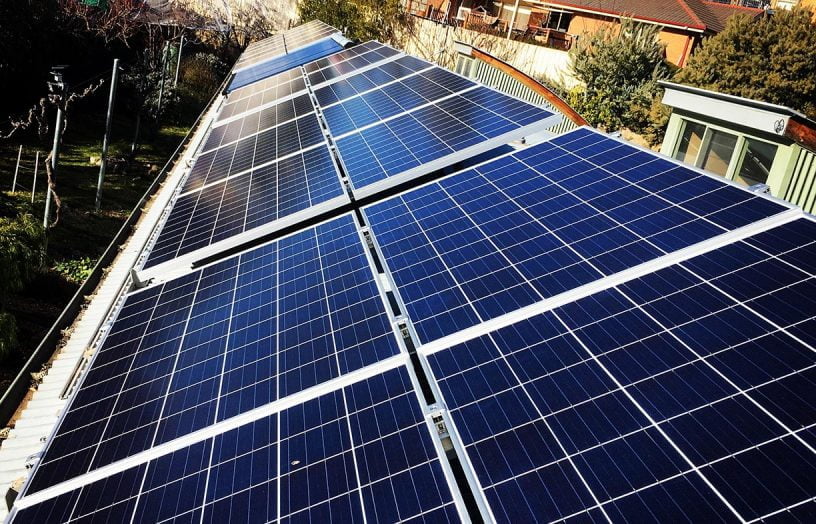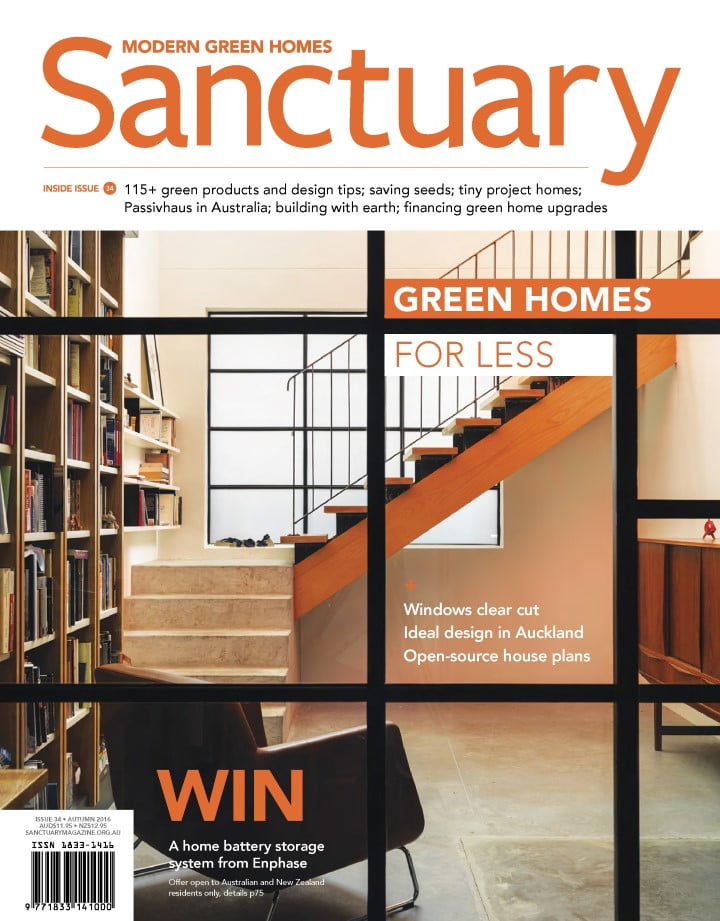Project green: Low energy project homes

Most large-scale project home builders now have a low-energy offering in the catalogue of possible house designs. While for some it may not go beyond a product visual, others are making real efforts to encourage sustainable living.
Volume home builders produce the vast bulk of new homes in Australia and continue to have significant influence on the way that residential development happens. Sustainability expert and architect Sid Thoo was pleasantly surprised to be approached by one of Australia’s biggest development companies – Mirvac – to design a high-performing demonstration house for Osprey Waters, a 470-lot residential subdivision in Mandurah, 75 kilometres outside of Perth. Recommended after being shortlisted as one of six finalists in the Landcorp Gen Y Demonstration House Design Competition, the brief was to design a home that set a high standard of quality and sustainability for the entire development.
In turn, Sid has been impressed by Mirvac’s efforts to protect the habitat of the magnificent bird of prey which gave the development its name, and which have a close-by breeding site. “A lot of work has been done by the landscape architect and environmental consultant to sensitively enhance and conserve the local flora and fauna,” he says. Mirvac has an in-house sustainability team, but more unusually ‘change agents’ embedded throughout the organisation to help “implement opportunities for positive disruption and innovation”.
Fellow volume home developer Henley Homes has also worked to create a reputation for sustainability. Adam Selvay, the company’s energy, sustainability and innovation manager, says the creation of their first high-performing design several years ago was due to the influence of director Peter Hayes, who “genuinely wants to see the world left in a better state.” The company worked with CSIRO to create a zero carbon house in 2010, and now offer a suite of homes that can be adapted from 6 to 9 Stars.
Better orientation, Adam says, is effectively incentivised as it costs less to make a well-orientated design compliant with 6 Stars than one without good north access. However, he admits it is still unusual for clients to insist on sustainability measures, and often they may resent any related additional cost. As well as being in favour of mandatory minimum standards for performance, Adam would like to see comprehensive ratings which factor in air leakage, for example, which he describes as a “massive problem” in Australian homes. “They suggest that the home should be sealed, but what does that mean – it needs a number, like, x air changes per hour.”
The scale and regularity of their operations mean volume builders can offer much needed value for money, with an ability to negotiate ultra low material supply prices and labour rates. However, as building designer and energy assessor Tim Adams points out, “a low cost house that is unsuited to its block would not offer value for money over the long-term”. He says prospective clients should be equipped with the information that could compel them to upgrade beyond the base model in energy efficiency terms. He cites statistics such as the 53 per cent reduction in energy use and associated bills between the minimum required 6 Star house and an 8 Star house, as something that should be widely and actively communicated by project home marketers.
Tim suggests sales people should also advocate for additional energy-efficient features, such as hot water heat pumps, and the benefit of linking these technologies with a modest solar system to further reduce bills and carbon emissions. “Careful analysis of the various options can demonstrate a clear financial case for higher efficiency, particularly with the current low mortgage interest rates,” he says. He also advises an energy rating from an accredited rater could be a prudent pre-purchase investment to ensure the house will perform as anticipated.
Further reading
 In focus
In focus
Inside the war on construction waste
Deconstructing buildings to salvage materials is less common than demolition for landfill – but could this be about to change?
Read more In focus
In focus
Lessons learnt
Five years ago we featured a house in the Currumbin Ecovillage on the Gold Coast that was designed using three pavilions to accommodate two households in a co-housing arrangement. How is their experiment evolving? We revisit to find out.
Read more In focus
In focus
Get the most from your solar PV for summer cooling
Cooling your house using your rooftop solar system requires a bit of thought and planning, but when you get it right, the savings can be well worth it.
Read more

